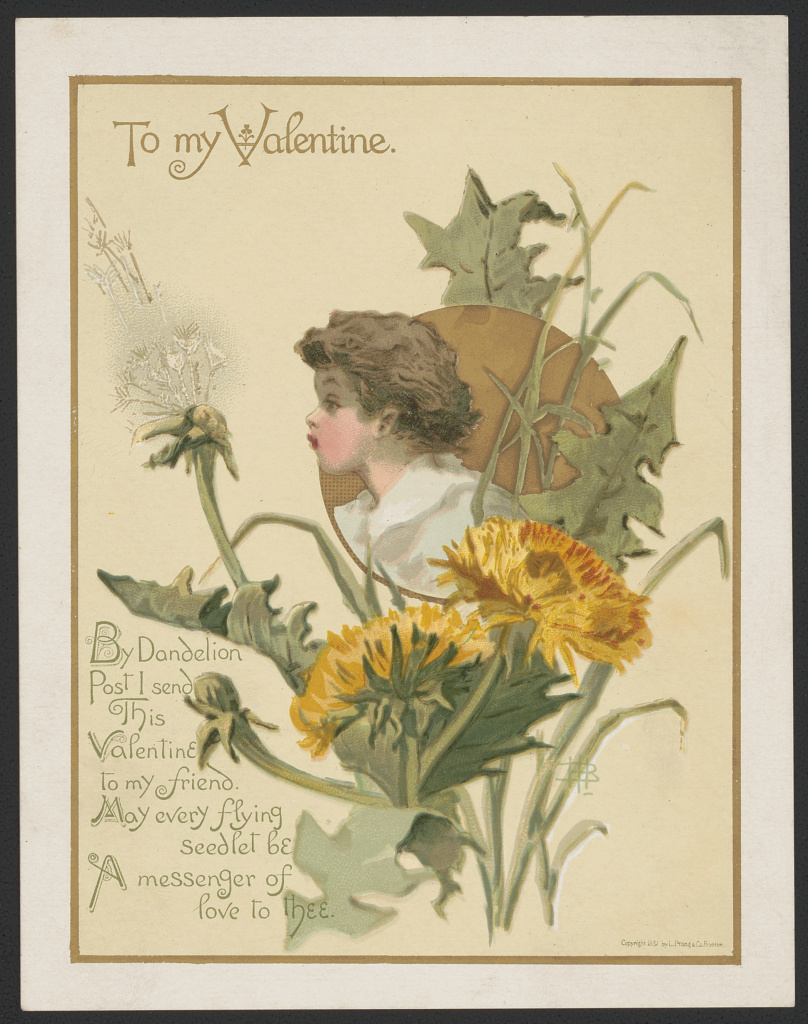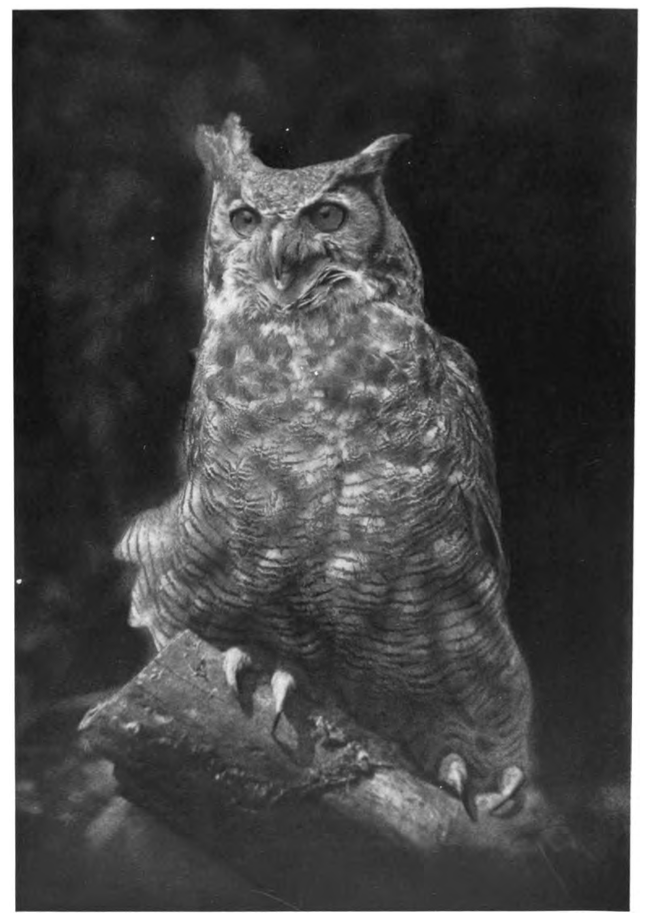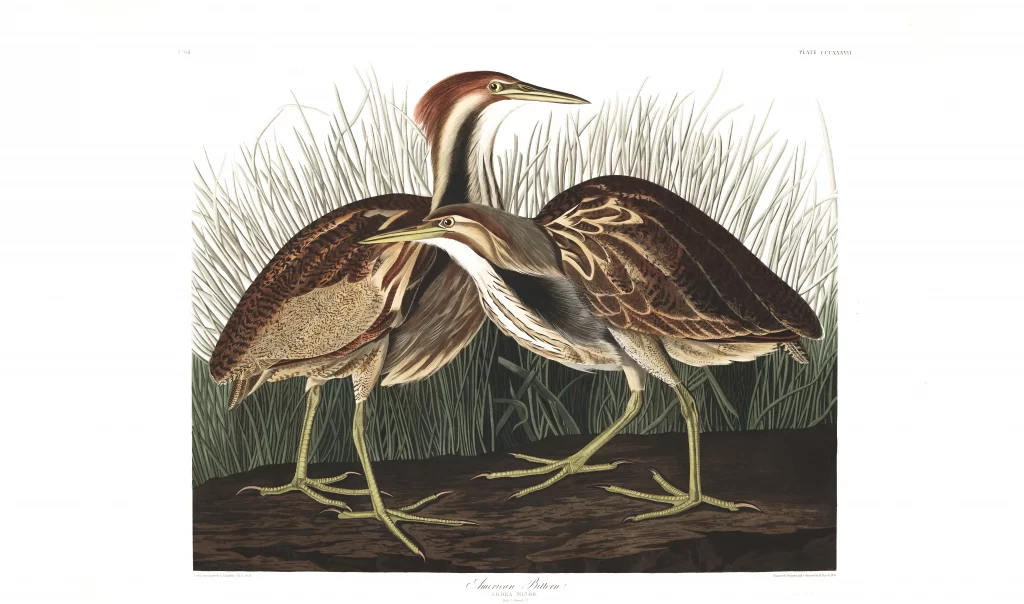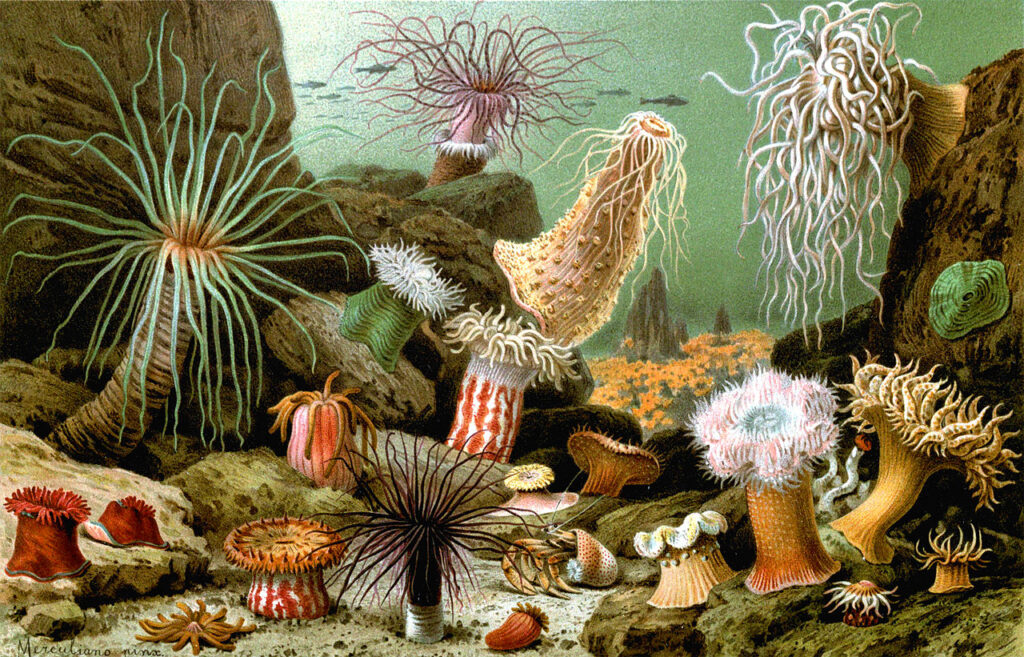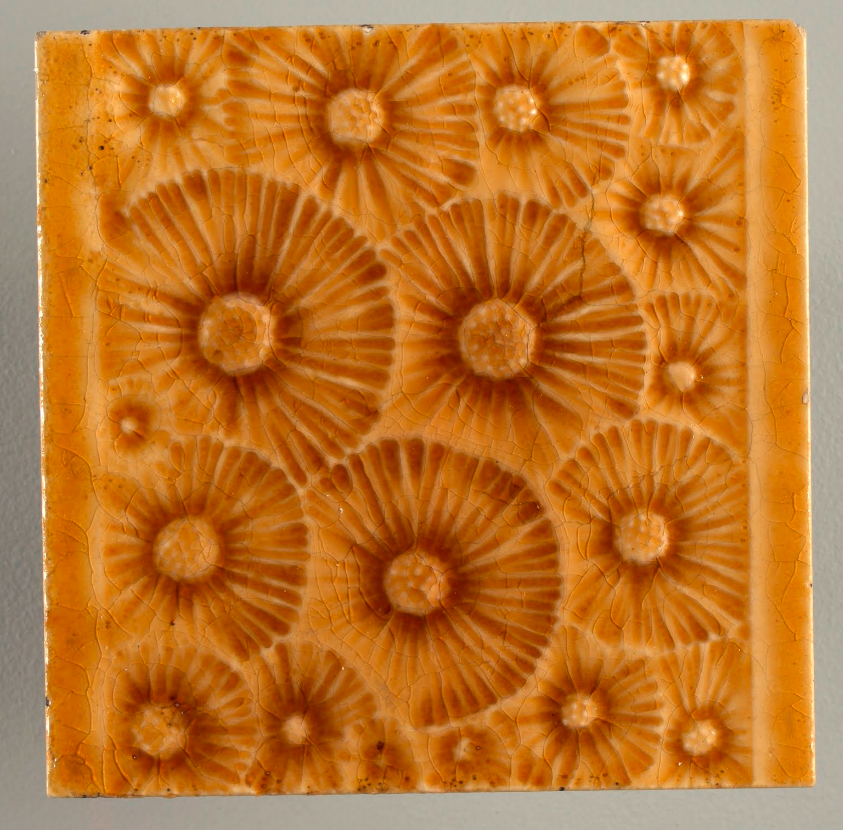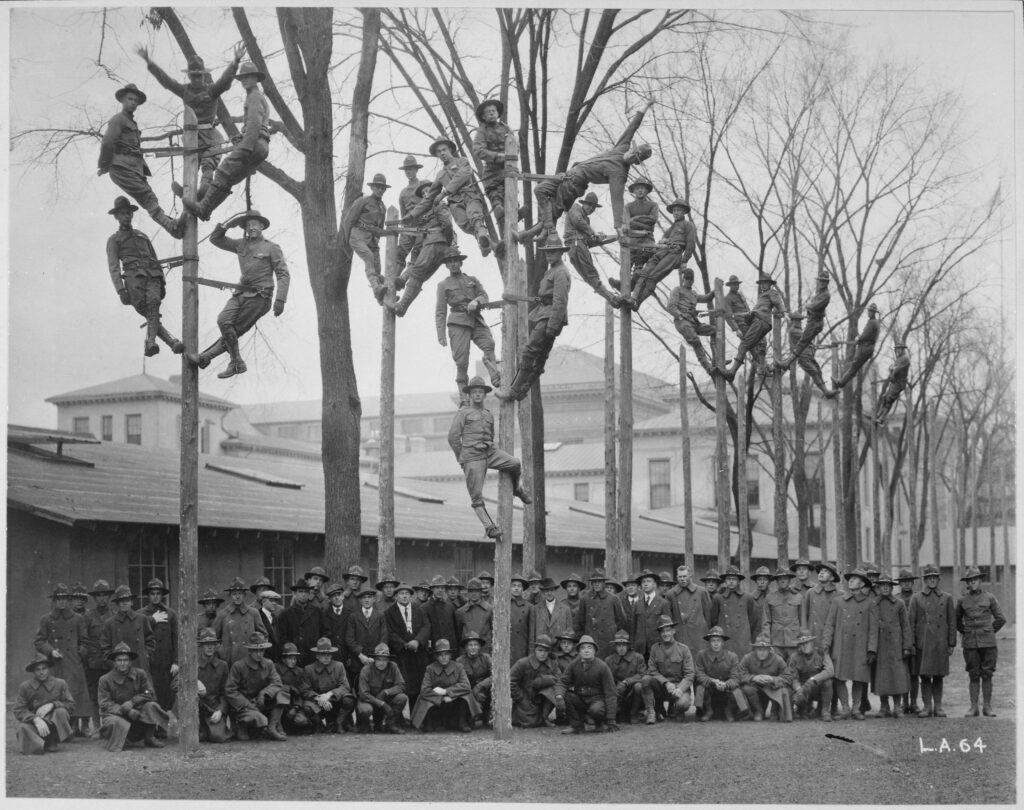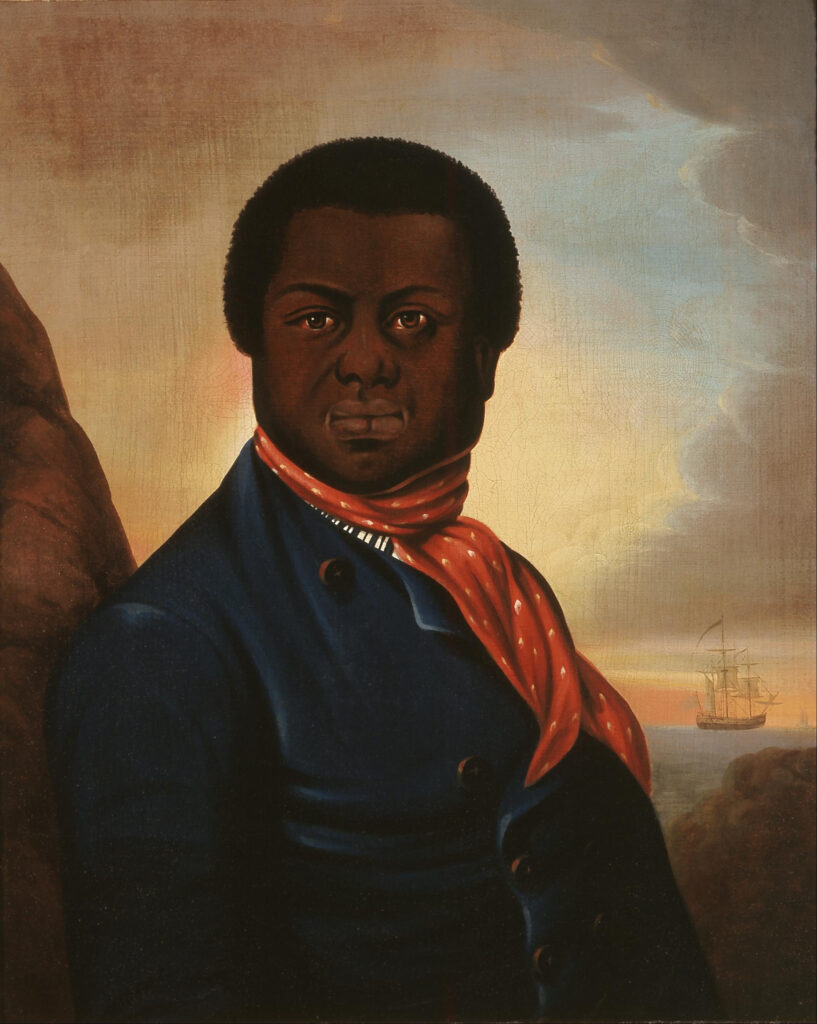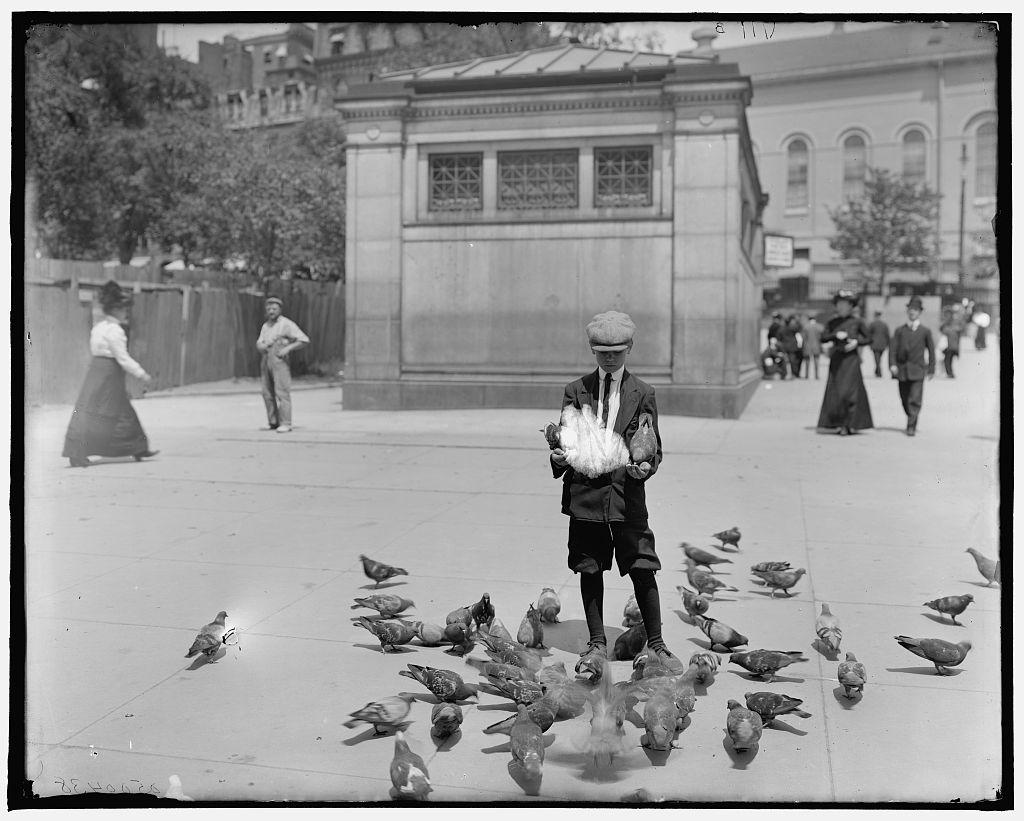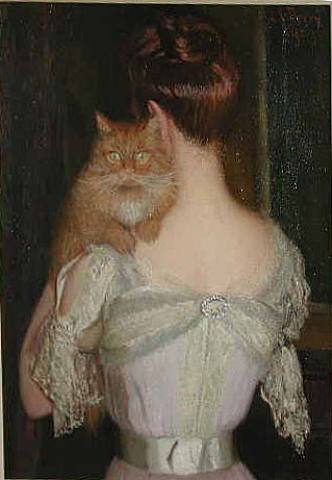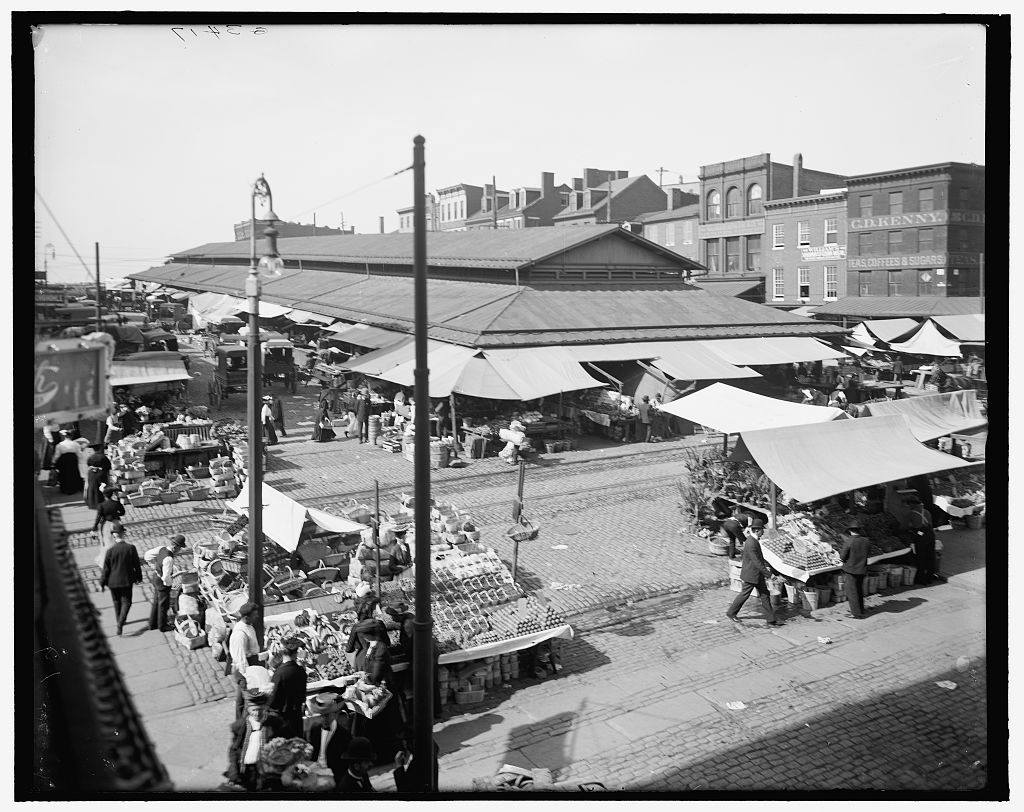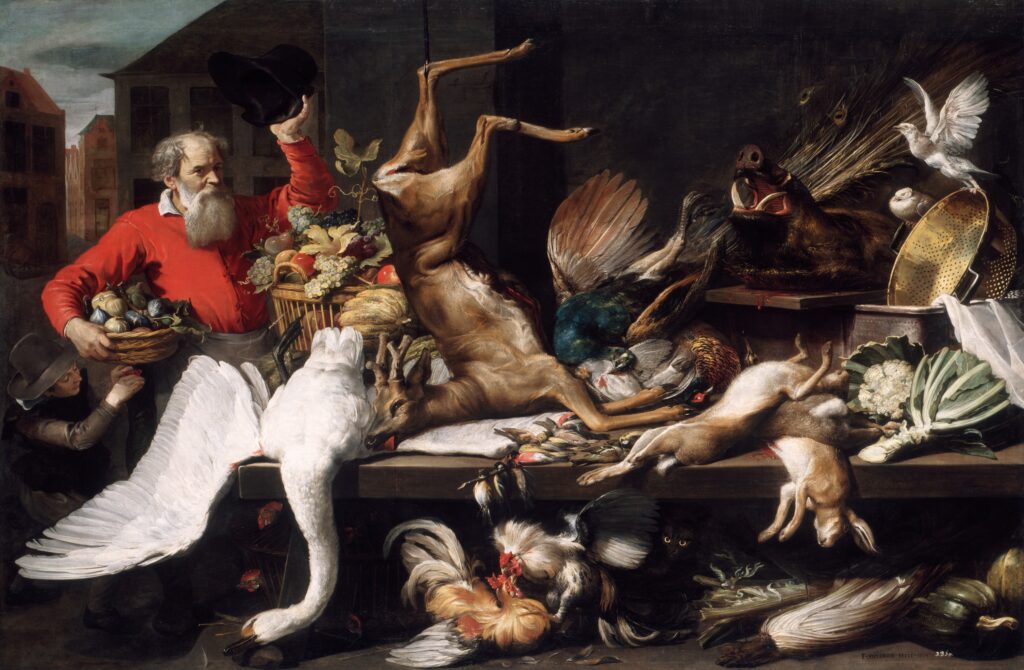The Spider’s Trap
By Gene Stratton-Porter
Annotations by Rene marzuk
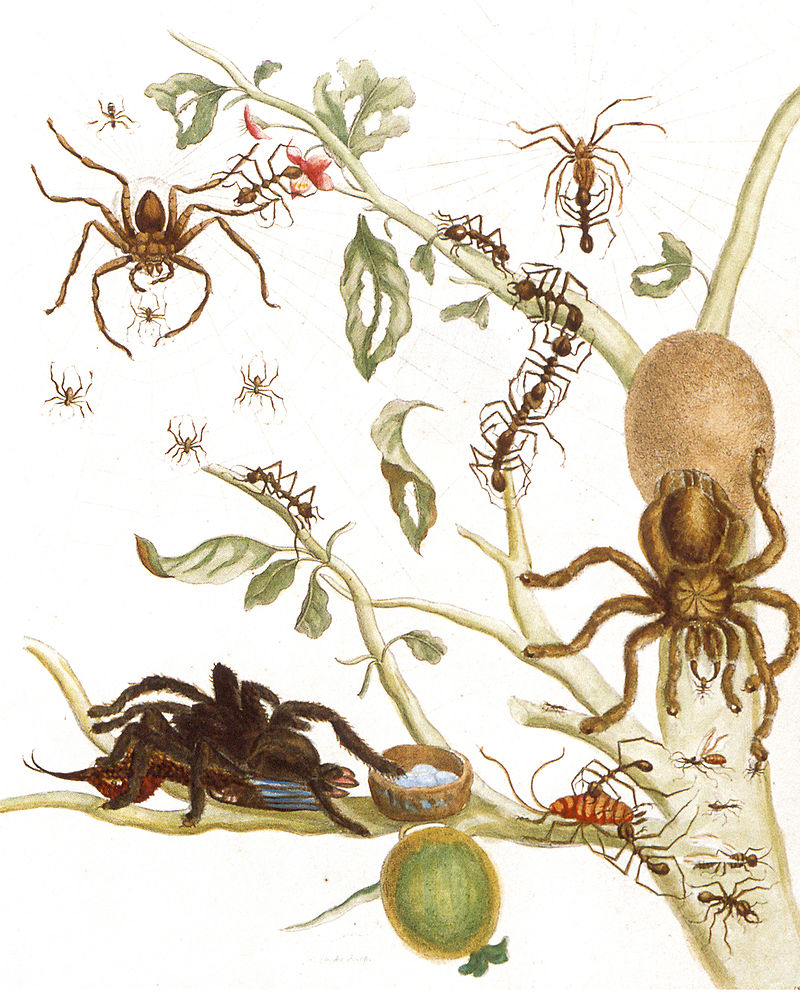
A big black spider, homed in my tulip bed, So that her children might be comfortably fed.[1] She wove her dainty web, with such cunning art, Around every stamen in the tulip’s heart, That never a bee, called by the colours gay, Lived to hunt honey on another fair day.
STRATTON-PORTER, GENE. “THE SPIDER’S TRAP,” IN MORNING FACE, 29. NEW YORK: DOUBLEDAY, PAGE & COMPANY, 1916.
[1] Although all spiders wrap their eggs with silk to keep them protected, only a few species like cellar spiders, crab spiders and wolf spiders, among others, actively guard these egg sacs from predators. Upon hatching, most spiderlings are left to survive on their own.
Contexts
In her introduction to the 1996 anthology Coming Through the Swamp: The Nature Writings of Gene Stratton Porter, Sydney Landon Plum reveals that, after the commercial success of Gene Stratton-Porter’s 1909 novel A Girl of the Limberlost, the author and conservationist talked Doubleday, Page & Company into publishing once nature work for each of her subsequent novels. Morning Face, a collection of prose and poems published by Doubleday in 1916, probably saw the light as a result of this agreement. Most of the book’s illustrations are photographs by the author herself, an accomplished self-taught photographer. In fact, according to Plum, Stratton Porter “ardently supported the use of photography for nature study as a substitute for the common practice of killing scores of the natural subjects in order to study them.” As evident in the quatrain that serves as the dedication of Morning Face, Stratton-Porter had a juvenile audience in mind for this book, although one can also make the case that, by identifying herself with the “little girl with a face of morning,” she is also extending her appeal to the inner children within readers of all ages:
One little girl with a face of morning,
a wondering smile her lips adorning,
wishes her pictures and stories to share,
so she sends them to children, everywhere.
Definitions from Oxford English Dictionary:
stamen: Botany. The male or fertilizing organ of a flowering plant, consisting of two parts, the anther, which is a double-celled sac containing the pollen, and the filament, a slender footstalk supporting the anther.
Resources for Further Study
A list of 26 common spiders found in the United States.
Kathryn Aalto’s “The Legend of Limberlost,” available through the Smithsonian Magazine‘s website, offers a portrait of Stratton-Porter that emphasizes her love of nature and her conservationist efforts.
Gene Stratton-Porter’s Cabin at Wildflower Woods is a museum open to the public in Rome City, Indiana. Stratton-Porter designed the cabin, which was completed in 1914 and sits on 148 acres of fields, woods, and gardens.
Contemporary Connections
Did you know that March 14 is National Save a Spider Day in the United States? Of about 50,000 different kinds of spiders in the world,
